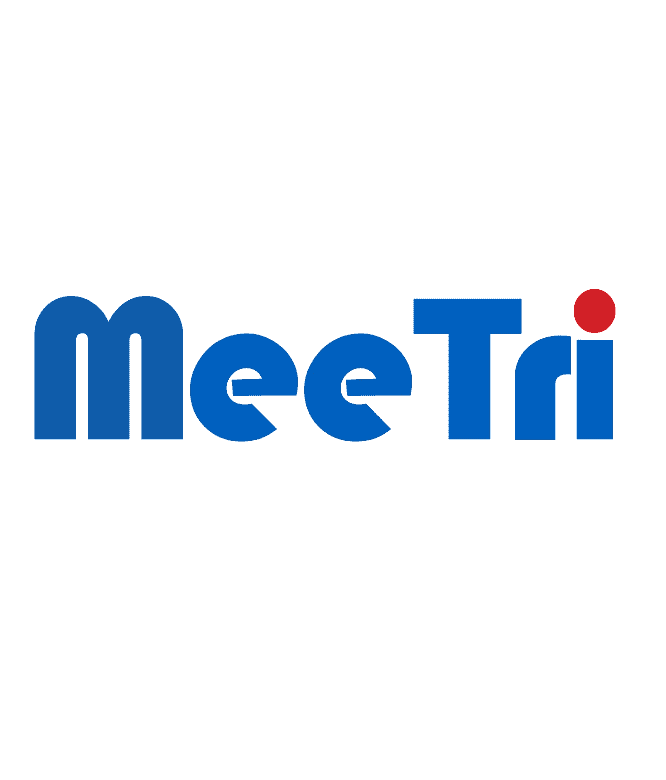
Learning Project Execution: A Comprehensive Guide to Agile Software Project Management
In the fast-paced world of software development, effective project execution is crucial for success. Whether you're a seasoned project supervisor or new to the field, comprehending the approaches and tools offered can make all the difference in providing projects on time and within spending plan. In this guide, we'll check out the ins and outs of project execution methodology, with a focus on Agile Scrum in software project management.
Introduction
Project execution methodology is the structure that guides how projects are prepared, performed, monitored, and managed. It includes different processes, tools, and strategies to guarantee that projects satisfy their objectives effectively and efficiently. In the realm of software development, where requirements often alter rapidly, having a robust project management methodology is necessary.
Comprehending Project Management Methodologies
There are a number of project management methodologies readily available, each with its own strengths and weaknesses. Traditional methodologies like Waterfall follow a direct method, with each phase of the project (preparation, execution, testing, deployment) taking place sequentially. While this method can provide clearness and structure, it may have a hard time to adapt to changing requirements.
Agile methods, on the other hand, accept modification and focus on flexibility. Agile approaches, such as Scrum, Kanban, and Extreme Programming (XP), break projects into small iterations or sprints, enabling teams to deliver incremental worth and respond rapidly to feedback. This iterative method is well-suited to software development, where requirements typically evolve with time.
The Agile Scrum Framework
Among the most popular Agile methodologies is Scrum. Scrum is a light-weight framework that stresses collaboration, openness, and continuous enhancement. In Scrum, projects are divided into short models called sprints, usually lasting two to 4 weeks. Each sprint begins with a preparation meeting, where the group selects a set of functions to deliver during the sprint.
Throughout the sprint, the team holds daily stand-up conferences to talk about development, determine any barriers, and adjust their strategies accordingly. At the end of the sprint, a review conference is held to demonstrate the finished work to stakeholders, gather feedback, and prepare the next sprint. This iterative cycle continues until the project is complete.
Tools for Agile Project Management
Reliable project management requires the right tools to support cooperation, communication, and productivity. There are lots of tools offered particularly designed for Agile project management, such as Jira, Trello, and Asana. These tools offer features like sprint planning, task tracking, burndown charts, and cooperation boards, making it easier for groups to manage their projects efficiently.
Software Project Management Best Practices
While having the ideal methodology and tools is necessary, successful project execution likewise needs adherence to best practices. Some key best practices for software project management include:
1. Clear Communication: Ensure that all employee have a shared understanding of project goals, roles, and expectations. Routine communication helps prevent misconceptions and keeps everyone aligned.
2. Constant Integration and Testing: Implement practices like continuous integration and automated screening to catch bugs early and guarantee that the software stays steady throughout the development process.
3. Routine Retrospectives: Hold routine retrospectives at the end of each sprint to reflect on what went well, what could be enhanced, and what actions should be taken to improve future sprints.
4. Empowerment and Trust: Empower employee to make decisions and take ownership of their work. Trusting your team promotes a sense of responsibility and encourages innovation.
5. Versatility: Be ready to adapt to changing requirements and concerns. Agile methods embrace change, so it's important to stay flexible and responsive throughout the project lifecycle.
Conclusion
Mastering project execution is a journey that requires a project management methodology and tools combination of the ideal method, tools, and best practices. By understanding the principles of Agile software project management and leveraging tools like Scrum, groups can successfully browse the complexities of software development and deliver top quality products that satisfy customer requirements. With clear communication, constant improvement, and a focus on partnership, you can guarantee the success of your software projects, now and in the future.
Article Tags: Project Execution Methodology, project management methodology and tools, project management methods, project management methods agile, software project software project management management, Effectively execute a software project.